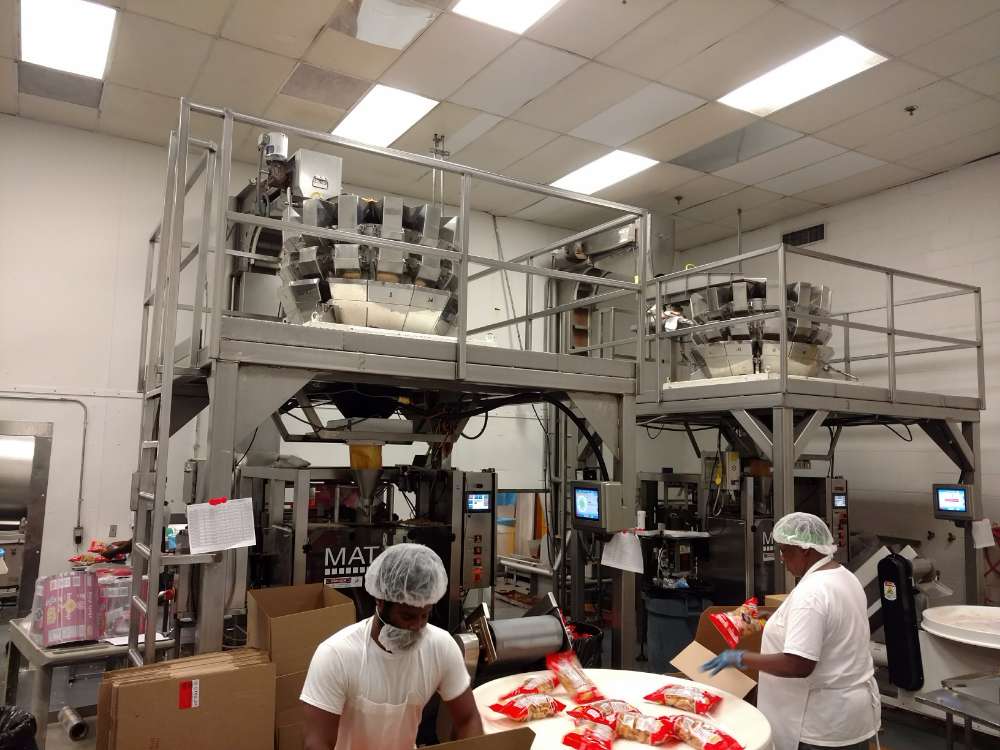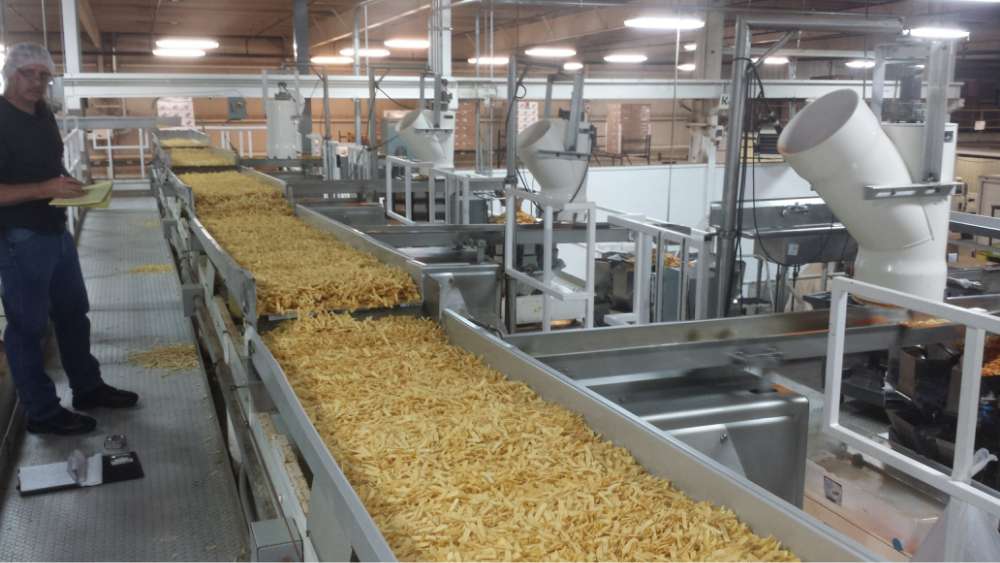
Manufacturing cost management is not just about crunching numbers; it’s a strategic framework that aids companies in allocating their resources effectively. By defining manufacturing cost management, we refer to the systematic approach of planning, directing, and controlling costs in an organization.
This pivotal role ensures the optimization of production costs for manufacturing companies. A well-implemented system can have a profound impact on the cost of goods sold, ensuring that every penny is accounted for and ultimately influencing inventory valuation.
As we delve further into the development phase of products, this management system proves it’s worth time and time again
In the intricate dance of manufacturing, waste represents missed opportunities, inefficiencies, and drained resources. These are not just tangible waste materials but span across the spectrum from unnecessary labor costs, excess inventory, to avoidable machine downtimes.
Each type of waste encountered in the production process chips away at the potential profitability and efficiency of a manufacturing entity. As we delve deeper, it becomes clear that the path to a more streamlined and cost-effective manufacturing ecosystem lies in identifying these wastes and deploying targeted strategies to eliminate them.
1
Strategy: Focus on eliminating any activity that doesn’t add value to the production process.
Significance: Directly reduces unnecessary steps and streamlines production, leading to quicker cycles and cost savings.
2
Strategy: Produce goods as they are ordered to reduce inventory holding costs.
Significance: Reduces costs associated with storing, handling, and insuring excess inventory.
3
Strategy: Visually map out all steps in a process to identify inefficiencies.
Significance: Pinpoints areas of waste, allowing for process improvements and thus cost savings.
4
Strategy: Invest in training employees on best practices and waste reduction techniques.
Significance: An informed workforce can identify and reduce waste more effectively, leading to reduced operational costs.
5
Strategy: Regularly service and maintain equipment to prevent breakdowns.
Significance: Avoids costly machine downtimes and ensures consistent production speeds.
Every product goes through a life cycle, and with each phase, there are associated costs. Two such costs critical to understand are fixed costs and life cycle costs in manufacturing. Fixed costs remain unchanged irrespective of the volume of goods produced.
In contrast, life cycle costs encompass all costs, including design, construction costs, and disposal costs from inception to decommissioning of a product. Accurate cost estimates are essential, as they play a pivotal role in decision-making processes. Here, the importance of accurate cost accounting cannot be overstated.
At PEC, we’re meticulous about approaching these costs, ensuring precision and effectiveness in every phase, aided by a proficient design team that always keeps standard costs in mind.

A manufacturing unit is as efficient as its inventory management system. Accurate inventory valuation is the cornerstone, ensuring that resources are allocated optimally.
Effective management of raw materials is crucial to waste elimination and cost-cutting endeavors. But materials are just one side of the coin. Labor costs, which sometimes get overshadowed, play a crucial role in the financial health of a company.
At PEC, we don’t just manage these costs; we have strategies in place to ensure they are optimized. Embracing a philosophy of continuous improvement, we are always on the lookout for ways to enhance efficiency.
Navigating the ever-evolving landscape of the manufacturing industry requires a keen understanding of its financial intricacies. A comprehensive grasp of costs, both direct and indirect, is crucial. Here’s a curated snapshot of manufacturing costs and their implications:
1
A vast majority of expenses in the manufacturing sector are tied up in the Cost of Goods Sold (COGS). A recent evaluation of 386,484 sole proprietors in the industry showed that material costs ate up a whopping 42% of revenue. Meanwhile, labor costs accounted for another 5%.
Salaries and wages, separate from direct labor, added another 8% to the expenditure, reinforcing the pivotal role of manpower in production. It’s not surprising then that 2019 saw the unit labor cost in manufacturing surge by 2.2%, the most significant annual hike since 2012. (Source)
2
Apart from labor, several other costs are nudging upwards. The price tag for manufacturing inputs saw a substantial jump by 4.3% in 2019 – the steepest rise since 2011. Overhead costs weren’t far behind with a 3.7% rise in the same year. (Source)
3
In the age of Industry 4.0, manufacturers aren’t just contending with rising costs. They’re also leveraging advanced technologies to improve output and efficiency. A recent study showcased that organizations embracing smart manufacturing experienced a 10% boost in production output.
But that’s not all; there was an 11% rise in factory capacity utilization and a noteworthy 12% increase in labor productivity. (Source)
4
Behind every machine, process, and product line is a dedicated workforce. As of 2021, a significant 14.7 million individuals were employed in U.S. manufacturing, making up 9.6% of the total U.S. employment. (Source)
In the ever-shifting tapestry of manufacturing, understanding the granular details of expenses, technological advancements, and workforce dynamics is fundamental. By keeping an eye on these metrics, manufacturers can craft strategies that not only manage costs effectively but also harness the potential of modern innovations.
In the ever-evolving world of manufacturing, true efficiency goes beyond just trimming costs; it’s about delivering undeniable value. This belief is deeply ingrained in PEC’s ethos. By harmoniously weaving waste reduction with value engineering, we strive to enhance the inherent value of products, focusing not merely on cost-cutting, but on elevating functionality relative to cost.
As the manufacturing landscape transforms, the call for a robust cost management system becomes even more pronounced. Positioned at the vanguard of this industry shift, PEC doesn’t just deliver; we innovate, pushing the envelope with unmatched efficiency and precision.
From custom metal fabrication and structural steel services to electrical controls and automated storage and retrieval systems, our team can provide the solutions you need to keep your operations running smoothly.
If you envision a future where excellence is the norm, let PEC be your partner in crafting that legacy. Connect with us, and let’s embark on a journey of collaboration and unparalleled achievement.